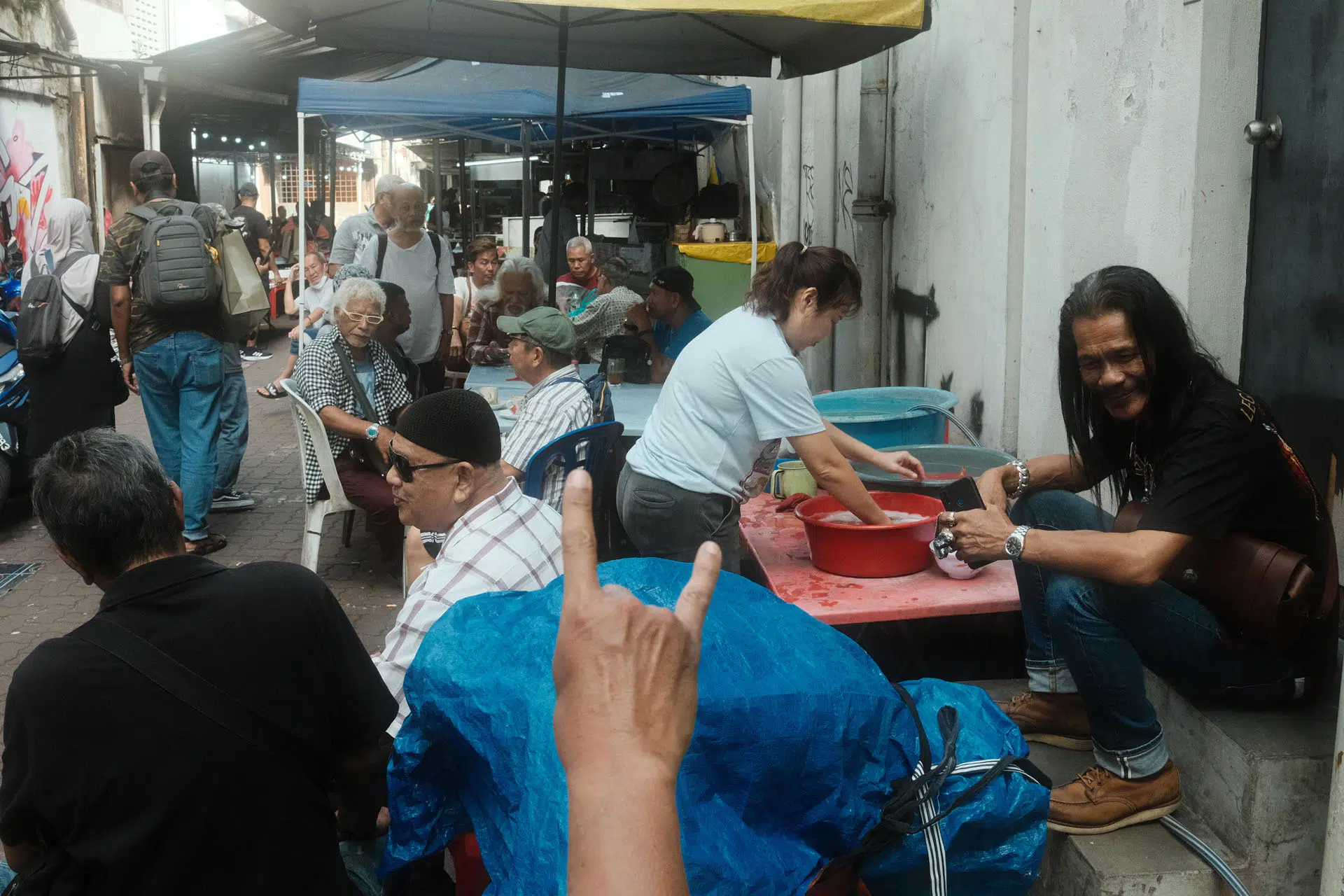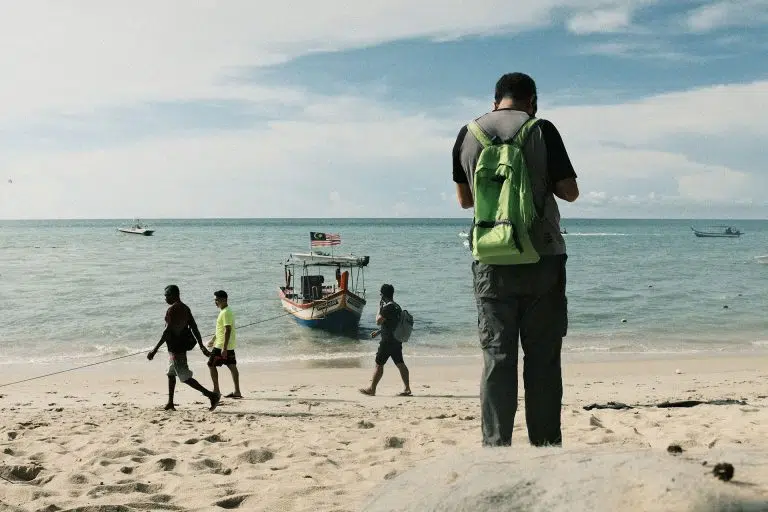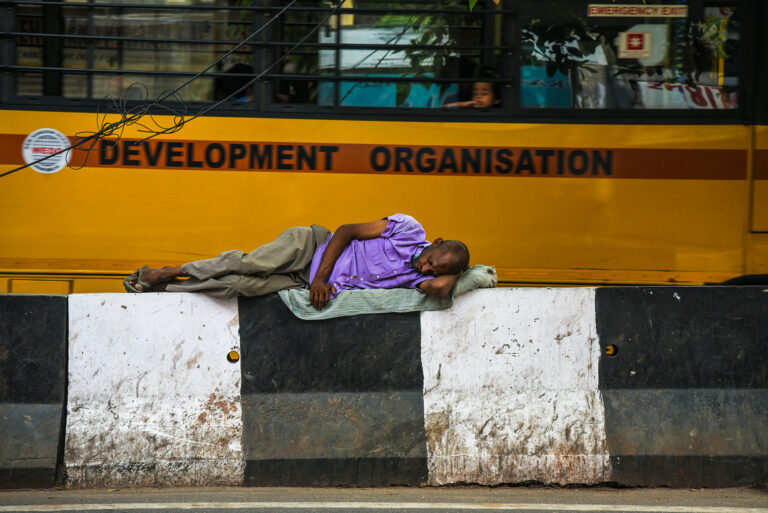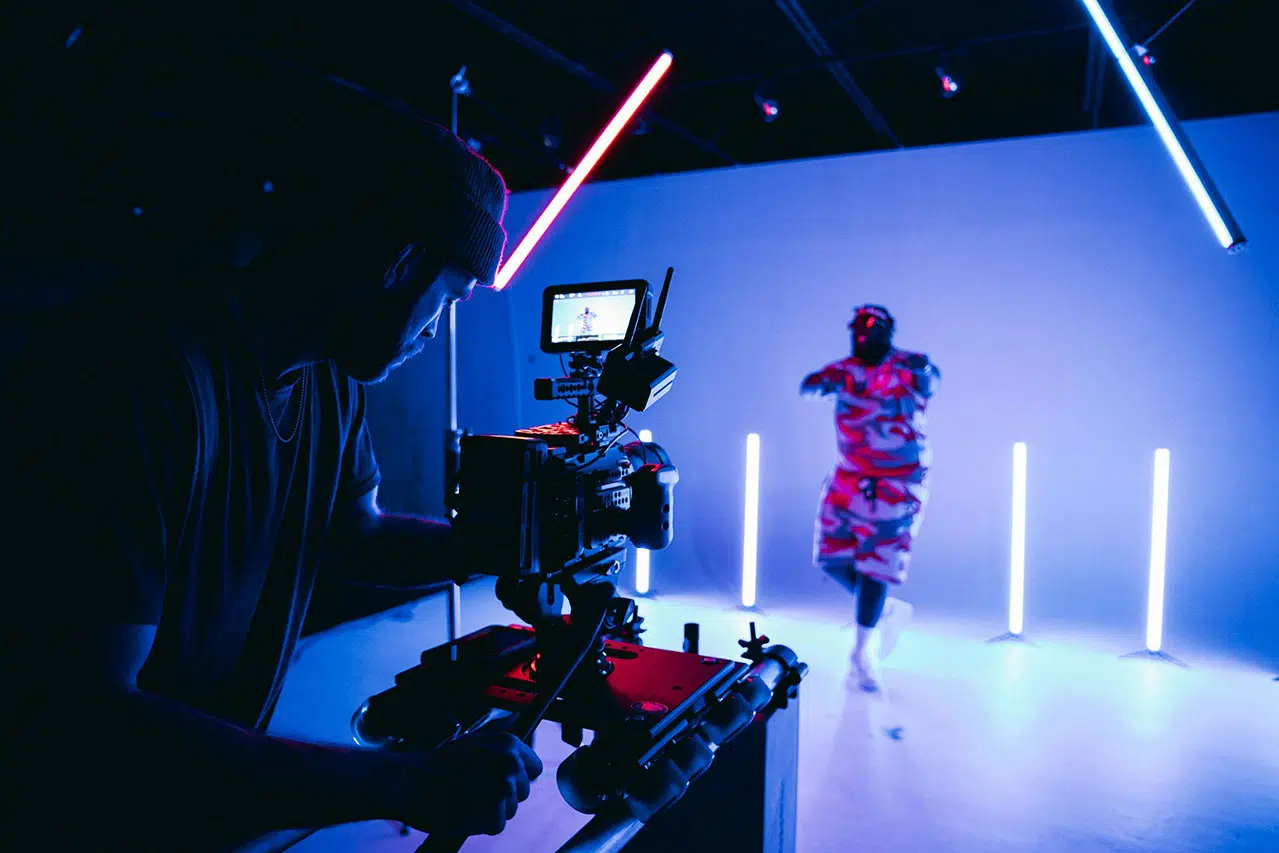Layering in street photography is a technique that involves composing an image with multiple elements at different distances from the camera. This approach adds depth and complexity to a photograph, making it more engaging and visually appealing. By carefully arranging elements in the foreground, middle ground, and background, photographers can create a sense of narrative and invite viewers to explore the scene in greater detail.
Topics that we will be discussing in this ultimate guide for layering technique in street photography includes:
Table of Contents
Understanding Layering in Street Photography
At the heart of layering in street photography is the concept of depth. By dividing the scene into different planes – the foreground, middle ground, and background – photographers can create a three-dimensional feel in a two-dimensional medium. This technique not only adds depth but also helps in building a narrative within the frame. Each layer can tell a different part of the story, guiding the viewer’s eye through the image and providing context to the main subject.
While layering can be achieved with various camera settings, certain equipment can make the process easier. A camera with manual controls allows photographers to adjust the aperture, shutter speed, and ISO to suit the lighting conditions and desired depth of field. A prime lens with a wide aperture, such as f/1.8 or f/2.8, is ideal for creating a shallow depth of field, which can help isolate subjects in different layers. Additionally, a zoom lens can offer versatility in framing and composing layered shots.
Mastering Composition for Effective Layering
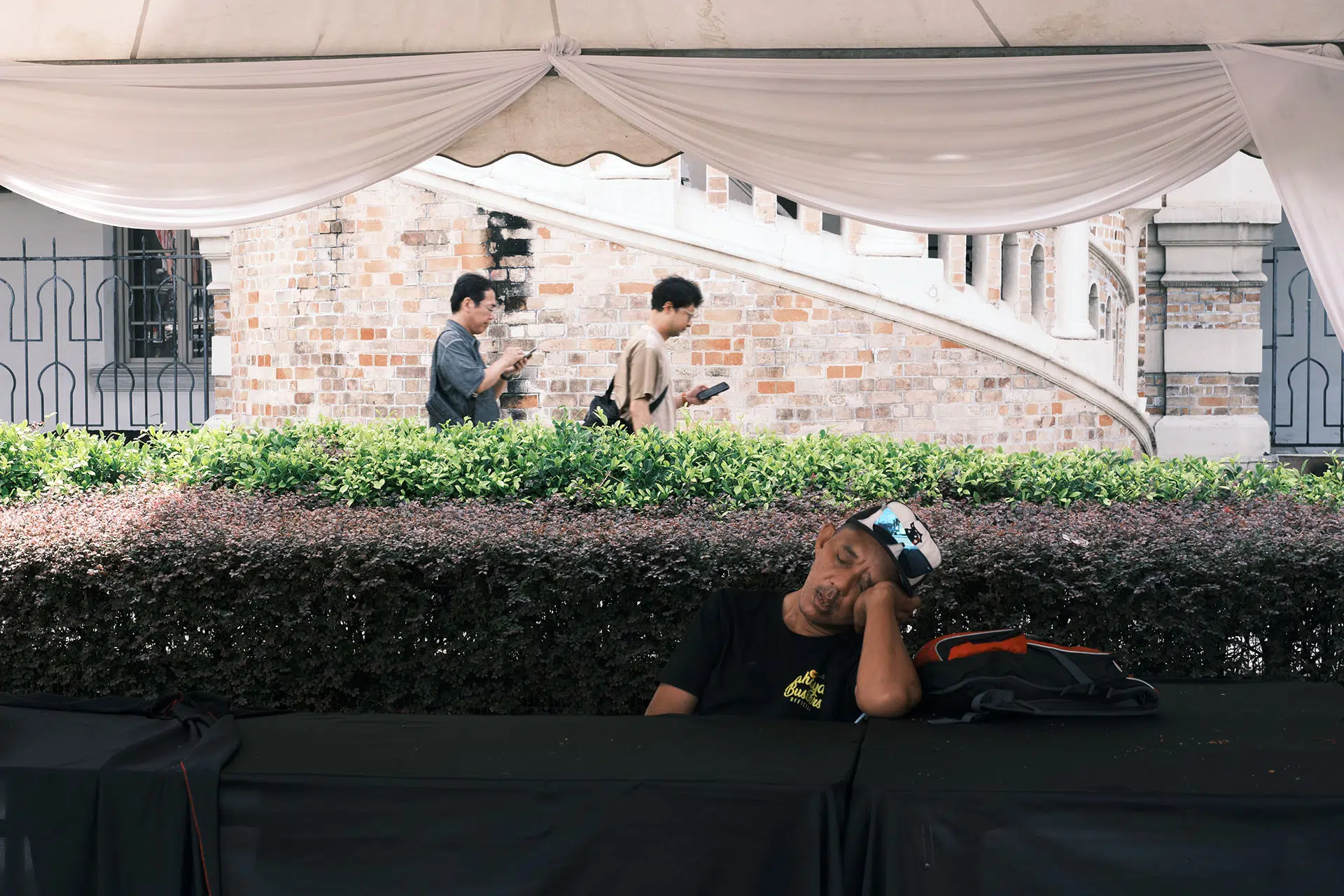
Composition plays a crucial role in layering. The rule of thirds, a fundamental compositional principle, can be applied to arrange elements in each layer harmoniously. Leading lines, such as roads or pathways, can guide the viewer’s eye through the different layers, creating a sense of depth and movement. Frames within frames, like archways or windows, can also add layers to an image. By carefully balancing the visual weight of elements in each layer, photographers can create a cohesive and dynamic composition.
Capturing layers in street photography requires a combination of timing, positioning, and an understanding of light. Anticipating moments when subjects align in different layers can result in compelling images. Positioning oneself at a higher vantage point or using a low angle can help in emphasizing the layers. Additionally, playing with light and shadows can accentuate the separation between layers, adding depth and drama to the scene.
Creative Approaches to Layering
Layering can also be approached creatively by experimenting with focus, reflections, and color. Using a shallow depth of field to blur the foreground or background can create a sense of depth and draw attention to the main subject. Incorporating reflections in puddles or glass surfaces can add an interesting layer to the image. Color contrast between layers can also help in distinguishing different planes and adding visual interest.
In post-processing, there are several techniques to enhance the layered effect in street photography. Adjusting the contrast and clarity can help differentiate between the layers, making the separation more distinct. For each layer, consider applying local adjustments to fine-tune the exposure and sharpness, ensuring that the main subjects stand out. Selective color adjustments can also be used to highlight specific layers, drawing the viewer’s attention to key elements in the image.
Analyzing Layered Street Photographs
Analyzing successful layered street photographs can provide valuable insights into this technique. Look for images that effectively use foreground, middle ground, and background to create depth. Notice how the photographer has balanced the composition and used light to emphasize the layers. Understanding the intent behind the photograph and the techniques used can inspire and inform your own approach to layering.
Layering in street photography comes with its challenges. One common issue is cluttered compositions, where too many elements compete for attention. To overcome this, focus on simplifying the scene and being selective about what to include in each layer. Another challenge is achieving the right balance of focus and blur across the layers. Practice using different aperture settings and focusing techniques to manage depth of field effectively.
Practical Tips for Layering in Street Photography
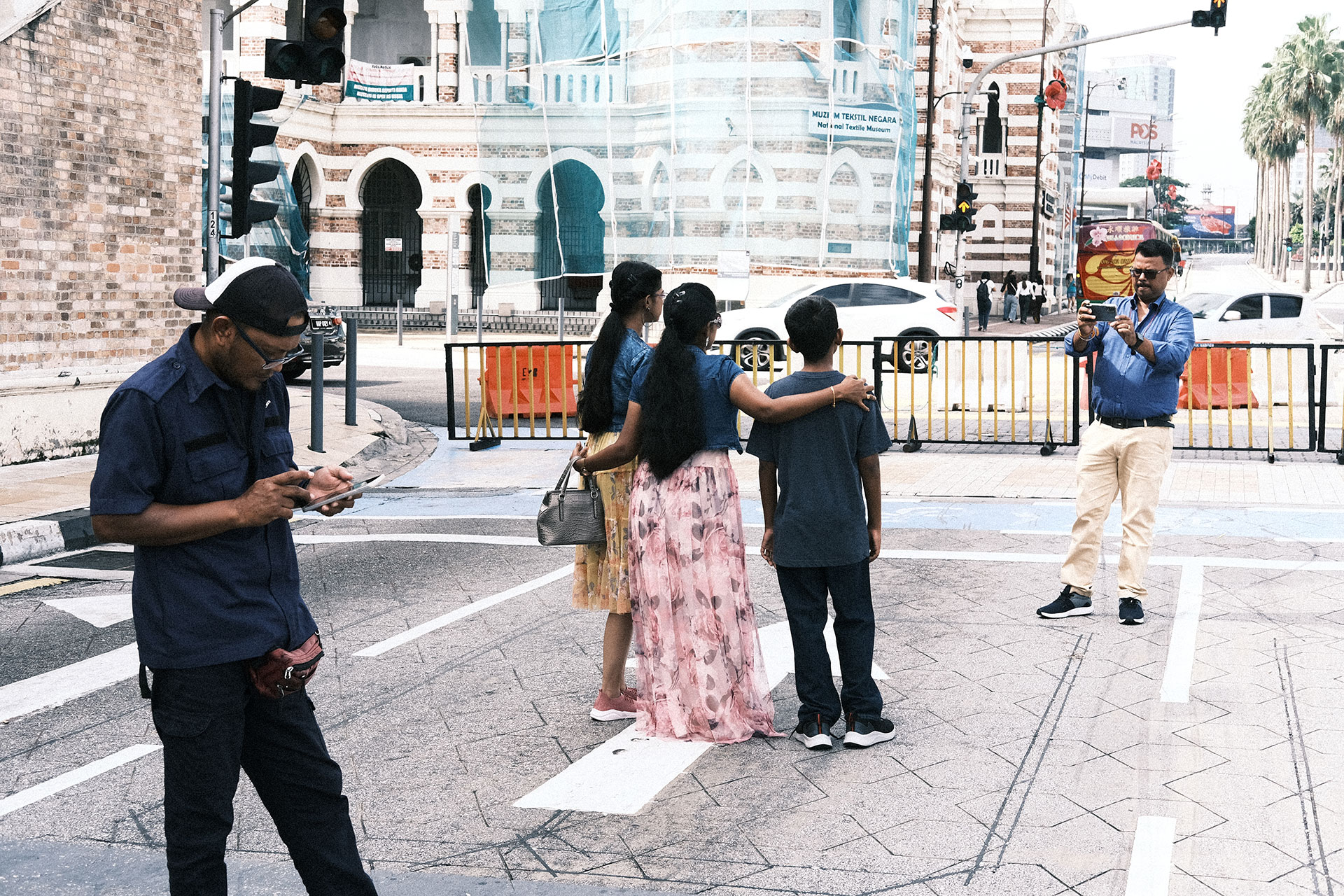
Using odd numbers in street photography is a compositional technique that adds visual interest and balance to an image. This approach is rooted in the psychological principle that our brains find odd numbers, particularly three, more appealing and memorable than even numbers. In street photography including layering, incorporating odd numbers of subjects or elements can create a sense of harmony and naturalness in the frame.
When out on the streets, keep these practical tips in mind to effectively capture layered compositions:
-
Be Patient and Observant: Layering requires a keen eye and patience. Spend time observing your surroundings and anticipate moments where elements align in an interesting way across different layers.
-
Positioning is Key: Your position as a photographer can dramatically affect the layers in your composition. Experiment with different angles and heights to see how they change the relationship between the layers.
-
Focus on the Story: Each layer should contribute to the overall story or message of the image. Think about how the layers interact and what they add to the narrative.
-
Use Light to Your Advantage: Light can be used to separate or highlight different layers. Look for scenes where the light naturally draws attention to your main subject or creates interesting contrasts between layers.
-
Practice Makes Perfect: Like any photographic technique, mastering layering takes practice. Don’t be discouraged by initial failures. Instead, learn from them and keep practicing.
Inspirational Examples of Layered Street Photography
To further inspire your layered street photography journey, here are a few examples of photographers who excel in this technique:
Alex Webb: Known for his complex and colorful compositions, Webb often uses layers to create intricate and dynamic street scenes. His work can be found in some of the best photography photobooks, providing a rich source of inspiration.
Saul Leiter: A pioneer of color photography, Leiter’s work frequently features layers of reflections, shadows, and translucent surfaces, creating a painterly effect.
Vivian Maier: Though not exclusively a street photographer, Maier’s work often includes layered compositions, showcasing her keen eye for detail and composition. Her photographs are compiled in several acclaimed photobooks that are a testament to her talent.
By studying the work of these photographers, presented in some of the best street photography photobooks, you can gain insights into how they use layering to enhance their street photography and draw inspiration for your creative endeavors.
Final Thoughts on Layering in Street Photography
Layering is a technique that can transform ordinary street scenes into extraordinary photographs. It adds depth, complexity, and narrative to your images, making them more engaging and thought-provoking. As you practice this technique, remember to be patient, observant, and creative. With time and dedication, you’ll develop the skills to capture the layered beauty of the streets.

